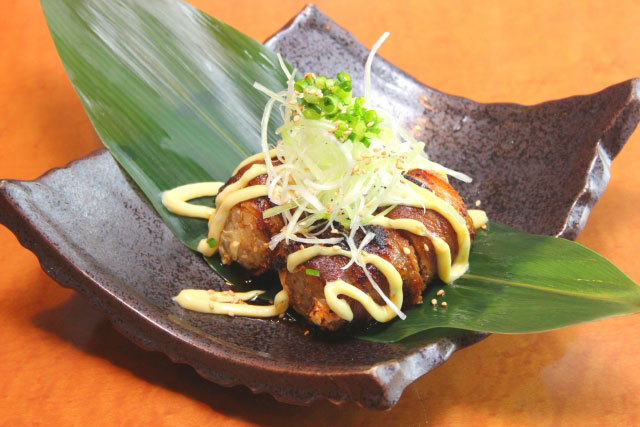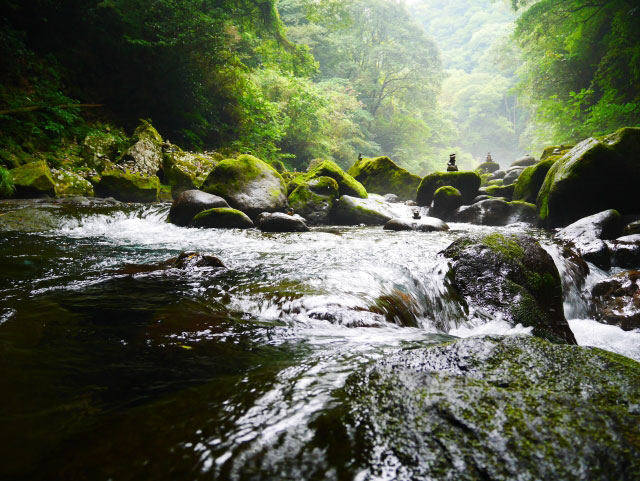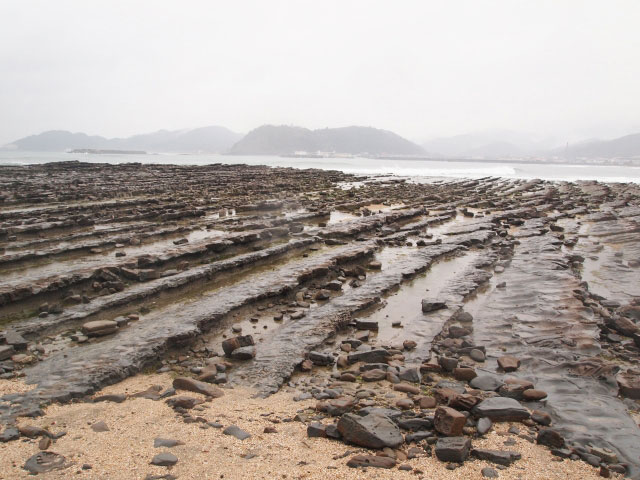
As the seasons bring cold weather, we travel to Miyazaki Prefecture, located in the southern region of Kyushu in Japan, for its relaxed pace and pastoral lifestyle. Miyazaki Prefecture borders the Pacific Ocean on the east and is surrounded by mountains–many volcanic–to the north, west and south. The central part of the prefecture is cattle country, where wild horses roam and prized wagyu beef is bred. And in its northwestern region, legends about the birth of Japan abound.
We start our tour this month in Miyazaki City, the political, economic, cultural and administrative center of the prefecture. Less than half a million people reside in Miyazaki City, yet the city offers numerous traditional and modern experiences. The city is fabled as the home of Japan’s first divine emperor, Jimmu, who was said to have lived during the 7th century BCE. The Hakko Ichiu Pillar was erected in the Miyazaki Culture Park in the 1940s to commemorate his rule and the “birth of Japan” and is a beautiful monument to visit along with art museums, science centers and museums focused on nature and history. Miyazaki City also boasts an impressive torii gate made entirely of cedar wood at the Miyazaki Shrine.

From Miyazaki City, traveling north and to the west takes you into the Kyushu Mountains, where the Gokase River has carved the Takachiho Gorge through mountains and solitary forests. Going through the gorge, you see sheer red lava rock walls and Manai Falls, which drop water from 56 feet high to mist the passage along the river. Here, in the gorge, the Shinto Sun Goddess Amaterasu escaped her brother to burst forth through the mountains, bringing the sun and life to the earth and founding the line of the emperors of Japan.
Traveling from the Takachiho area to the southwestern part of the prefecture takes us into the Ebino Plateau Area, where high lakes dot the volcanic highlands. From here, we go through the central part of Miyazaki Prefecture, where prized Japanese Black cattle, or Kuroge Washu, are bred for their succulent, marbled beef and where you can find hundreds of ancient kofun burial mounds from the 4th century BCE. The Nichinan Coast along the Pacific Ocean boasts beautiful beaches and is the launch point for Aoshima Island, famous for the basalt rock formations called the Devil’s Washboard. These rock formations hide under the sea until low tide, when their striped patterns can be seen far into the ocean.

While Miyazaki Prefecture is slower-paced than areas with megalopolis like Tokyo and Kyoto, it is famous for its gourmet foods. Taiyo no Mango, one of Japan’s most exclusive fruits, is famous for being the most expensive mango in the world. These mangoes are cultivated on trees grown in greenhouses, where the fruit is ripened until it falls off the tree and sold for thousands of dollars! Shochu is also famously produced in this region, and the highly regarded distilled alcohol is paired with many local delicacies. Perhaps one of the most quintessential Miyazaki foods is nikumaki onigiri, a simple rice ball wrapped in thinly sliced pork. Cooked, salted rice is shaped into small balls and wrapped with raw, thinly sliced strips of pork. The rice ball is cooked until the meat is tender and juicy, and then basted with a mixture of soy sauce, mirin and sugar, enhancing the savoriness of the meat.
We know you’ll love this dish as much as we do, and can’t wait to see your comments and photos below!
Leave a Reply